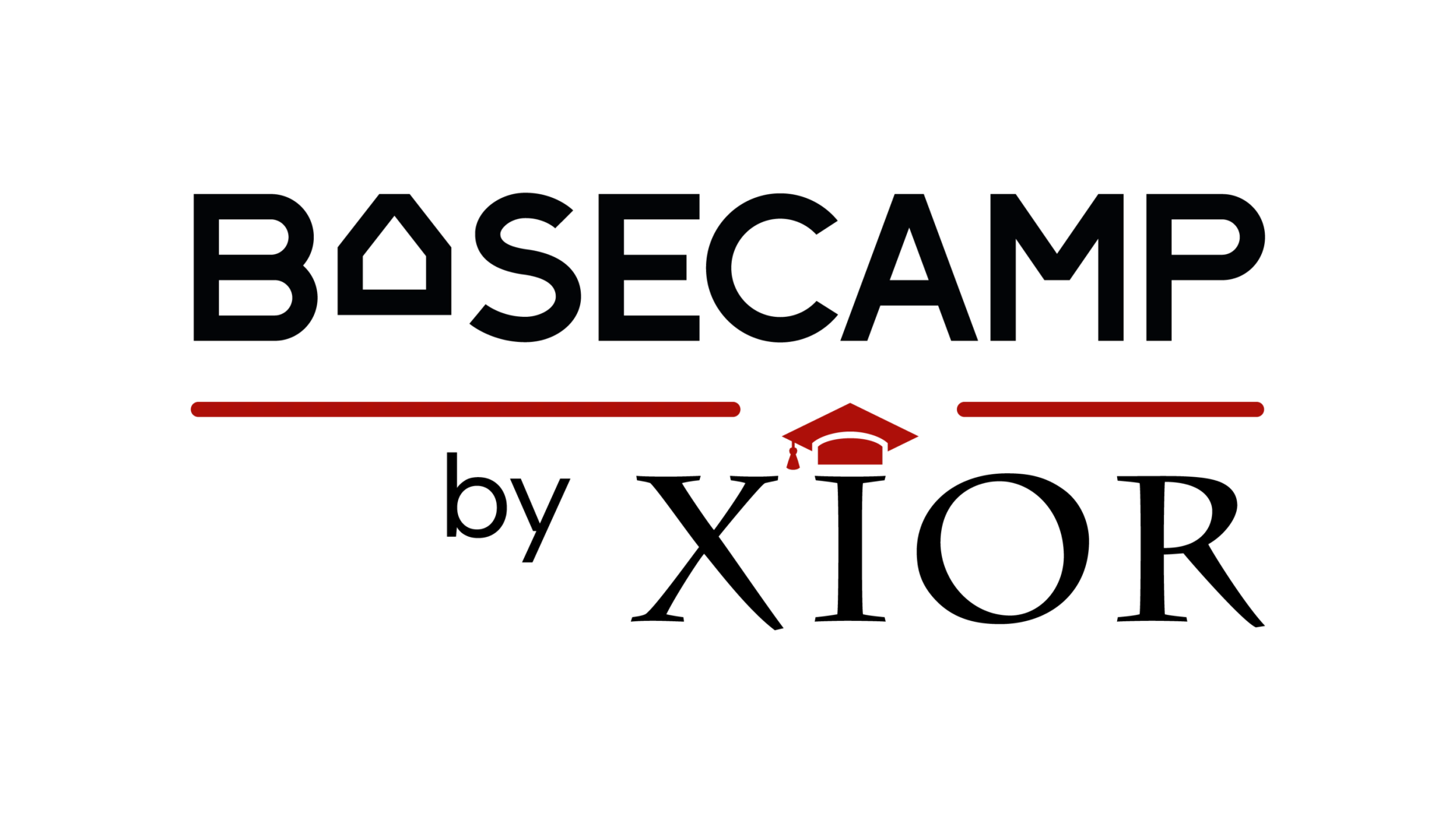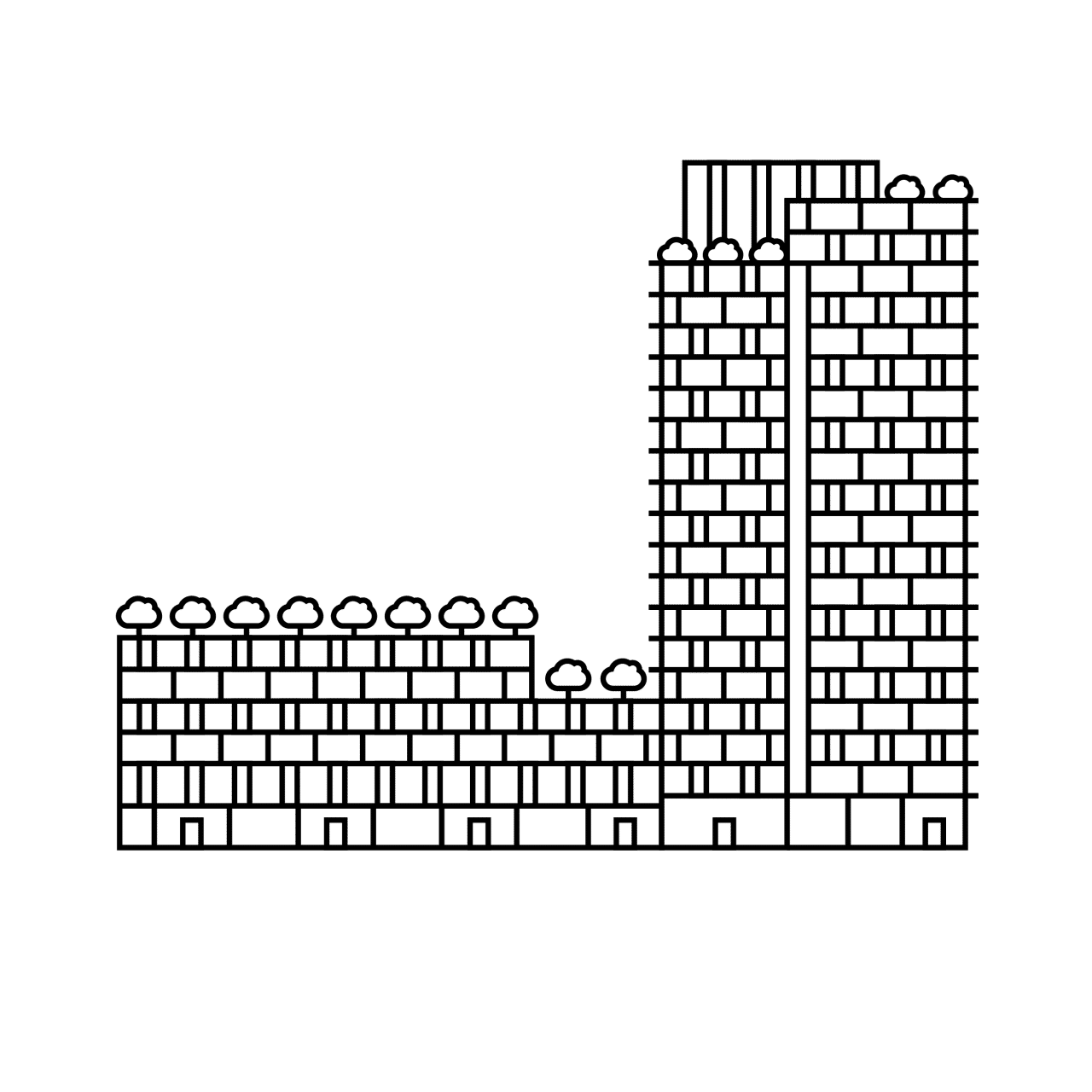Buses, trains and metro lines in Copenhagen: a student’s guide
Commuting is a vital part of living in every big city. It’s no different with Copenhagen. Knowing your way around the city will definitely save you a lot of time and – as we all know – there’s nothing more important when you’re a young professional or a student.
Zones
Copenhagen is parted into commute zones. The system is quite complicated, even for locals. The one good rule to know is that Zone 2 covers the city and Zone 3 will take you to the airport. You’d do well to remember that while choosing your ride and ticket. This is particularly important since ticket collectors roam around the city frequently and are not lenient – even towards tourists.
Copenhagen metro
Do you want to go fast? Go underground. No traffic and a few major lines will swiftly take you where you need to be. Here’s a map of all four lines of the Copenhagen metro:
It works 24/7. In rush hours, trains arrive every 2-4 minutes. During the night you will wait a maximum of 15-20 minutes.
Copenhagen buses
There are seven A-buses in central Copenhagen. They arrive every 3-7 minutes between 07:00 and 09:00 in the morning and 15:30-17:30 in the afternoon. Otherwise, every 10 minutes before and after rush hour. They also operate at night with reduced frequency.
There are eight S-buses that drive every 5-10 minutes in rush hour and every 20 minutes outside of rush hour. These are suburban buses that have fewer stops than the A-buses. They operate between 06:00 in the morning and 01:00 at night.
Copenhagen trains
City trains run between 05:00 and 00:30. Line F runs every 4-5 minutes, lines A, B, C and E run every 10 minutes, and lines H and Bx run every 20 minutes. On Friday and Saturday, the trains run once an hour between 01:00 and 05:00, while line F runs every half hour during these hours.
There are also regional trains that take you to parts of Denmark outside Copenhagen. These go beyond the zones but operate on the same zone system when closer to the centre.
Copenhagen ferries
All ferries in Copenhagen are in zone 2. You can sail from Nyhavn via the Black Diamond to Fisketorvet in 2 zones. Havnebusserne have six stops: Det Kongelige Bibliotek (Den Sorte Diamant) – Knippelsbro – Nyhavn – Holmen Syd – Holmen Nord – Nordre Toldbod. The ferry operates on weekdays from 7:00 – 20:00, and on weekends 10:00 – 20:00.
Tickets
Kids under 12 travel for free while with an adult and youths under 16 can buy cheaper tickets. Small animals don’t need a ticket, but larger dogs do need a child ticket.
The same tickets work for most forms of transportation in Copenhagen. There are a few options to choose from, depending on your personal needs:
Single ticket
The easiest one. You can buy these on every bus, metro and railway station. Just pick the right zone – there are three. Zone 2 covers the whole city. Keep in mind that if you need to get to the airport, you’ll need Zone 3 ticket. One ticket lasts an hour.
24-72h all zones pass
This one will be useful if you need to travel around the city from one day up to three days. You can buy it at the airport or a railway station.
Copenhagen card
The card includes 24 to 120h of rides (prices vary). It covers all zones and gives you free entrance to over 75 museums and attractions around the city.
Rejsekort
Tap and go. It’s an electronic pass card. You can recharge it online or at the station with the desired amount of cash. Once you hop on a bus or get into the tube, you just need to tap it. The system will automatically count how much you need to pay for your journey and take it from the card. Just remember to tap again before leaving! Otherwise, it will take a double fare from your card. If you have a CPR number, the card is free and can be bought online or at a few points around Copenhagen and Denmark. Otherwise, you’ll need to pay for it.
Periodekort
This one is best for regular users. If you travel more than twice a week, this is definitely the cheapest and most convenient option. When purchasing, you must bring a passport-sized photo and will be asked to provide an address. The pass works for 30 days or more. First time purchases should be done at a DSB ticketing station (for example Hovedbanegården or Nørreport). Once you have the card, it can be refilled at these same counters or at ticket machines. It can also be done on your phone via an app.
Help
If ever in doubt, check this map: https://cphtransitmap.dk/en/
Also, ask around – the people of Copenhagen will definitely help you out.





